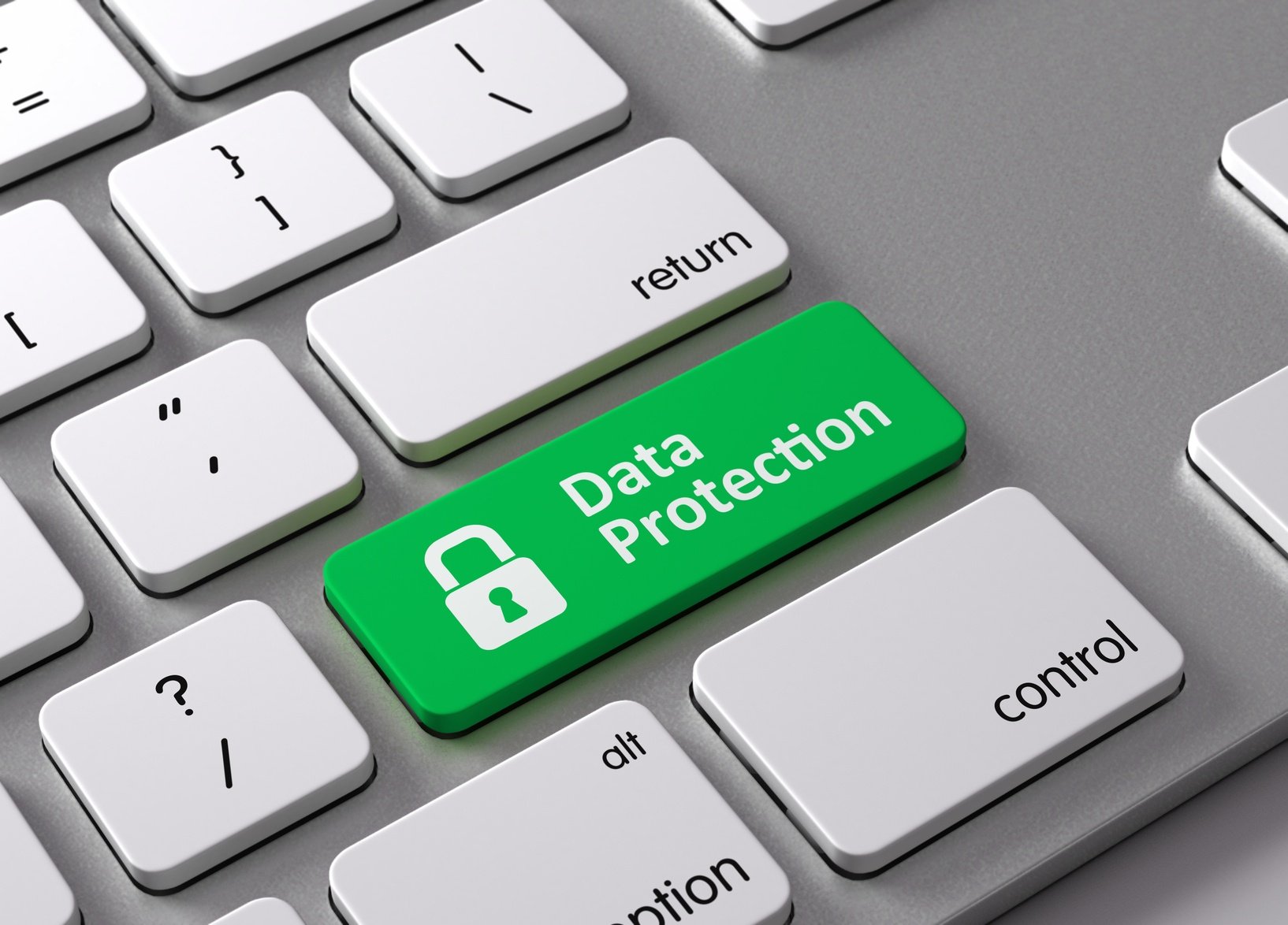If you store sensitive information like banking, tax, and health records on your computer, then you need to encrypt your files. If you are also concerned about data breaches, you should go for encryption.
What is encryption?
Scrambling information so that no one can read or understand it is called encryption.
- Anxiety in Yari’s camp as Matawalle concludes plans to join APC
- Nigerian firm, Ketron, acquires Shoprite stores
When files are encrypted, they’re scrambled to the point that they’re unusable unless they can be decrypted, which is usually only possible with specific software and knowledge of the same password used for encryption.
However, not everyone needs to use encryption. It’s often slow to encrypt large files or a large number of files, and it’s only really useful for data you don’t access every day.
So If you don’t store sensitive information on your computer, then you don’t need to use encryption. It’s really only relevant to people who are concerned about data breaches, according to cyber security experts.
Encrypting the whole hard drive
Your operating system does not encrypt your files automatically unless you’ve turned on disk encryption options like Bitlocker (Windows) or FileVault (Mac). File storage encryption is usually turned off by default.
There are plenty of free disk encryption programs that you can install to encrypt everything on your computer—the whole Operating System (OS), all of your videos, documents, pictures, etc. They work by forcing a user to provide the decryption password before the operating system loads.
Some of them, like VeraCrypt, isolate an entirely different version of Windows within the encrypted disk. This process lets you enter two different passwords when your computer boots—one takes you to your regular OS and the other takes you to a version of the operating system that doesn’t have any sensitive information. This feature offers a safe way out of a situation where someone forces you to reveal the decryption password.
TrueCrypt is a great option for individual PCs, but if you manage a large number of computers that need whole-disk encryption, check McAfee’s Complete Data Protection. McAfee offers both PC and Mac whole disk encryption that can be centrally managed by their ePolicy Orchestrator (ePO) platform.
Other disk encryption programs are useful for building an encrypted file container, which is like a folder or virtual hard drive that stores sensitive files. It can be decrypted to view the files and to add or remove data, and then just as easily encrypted to protect them. This type of encrypted drive is stored on a hard drive but doesn’t encrypt the entire disk.
Encrypt specific files
If you just need to encrypt certain files and not the entire computer, you can do that, too. Many freeware programs support file encryption.
One really popular way to encrypt single files is with AxCrypt. It changes the file extension to have the AXX suffix, and the file can only be opened with AxCrypt if you provide the password used to encrypt it. You can encrypt files on a Windows or Mac computer and even view them on your phone or tablet with the AxCrypt mobile apps.
7-Zip is another file encryption application that has more than one use. Its primary purpose is for extracting files from formats like ZIP, 7Z, RAR, ISO, etc. However, it can also make new compressed files, and when you do that, you have the option to encrypt the file names and protect the whole archive with a password. It won’t survive forensic-level decryption efforts, but to keep files out of non-technical preying eyes, it’s a good solution.
How to password-protect your files
Because most versions of Windows do not include a method of password protecting your files and folders, you need a third-party program.
Microsoft Windows Vista, 7, 8, and 10 users
Unfortunately, Windows Vista, Windows 7, Windows 8, and Windows 10 do not provide any features for password protecting files or folders. You need to use a third-party software program to accomplish this.
If you want to encrypt a file or folder, this can be done by following these steps:
- 1. Select the file or folder you want to encrypt.
- 2. Right-click the file or folder and select Properties.
- 3. On the General tab, click the Advanced button.
- 4. Check the box for the “Encrypt contents to secure data” option, then click OK on both windows.
But note that before password protecting any document, you may want to create a backup of the non-password protected files and folder in case you forget the password in the future.
Microsoft Windows XP Professional users
The steps below for encrypting the files on Windows XP Professional apply to users who are using a computer with two or more accounts. If you are using a single account, see the other security solutions section.
- 1. Select the file or folder you want to encrypt.
- 2. Right-click the file or folder, and click Properties.
- 3. On the General tab, click the Advanced button.
- 4. Check the box for the Encrypt contents to secure data option.
- 5. Click Apply and then OK.
Microsoft Windows XP Home users
- 1. Select the file or folder you want to encrypt.
- 2. Right-click the file or folder and click Properties.
- 3. Click the Sharing tab.
- 4. Check the box Make this folder private.
- 5. Click Apply and then OK.
Things to remember when encrypting or password protecting files and folders
There is no such thing as a 100% protected file. There are many tools, utilities, and instructions for how to break encryption and passwords on files. However, the protection methods listed above will protect your files from the majority of users who may encounter them. If you are working with really sensitive data, we suggest a commercial product for protecting your files and data.
Even though a file or folder may be password protected, it still can be deleted (unless the program supports the ability to protect files from being deleted). Always remember to backup all your files, even those protected by passwords.
If you forget the password, unless you’re willing to spend the time attempting to break it or pay someone, all the protected data is lost. Thus, it’s important to back up a copy of the non-password protected files or folders, just in case.
Sources: www.lifewire.com, www.winzip.com, www.computerhope.com and www.safeonline.com

 Join Daily Trust WhatsApp Community For Quick Access To News and Happenings Around You.
Join Daily Trust WhatsApp Community For Quick Access To News and Happenings Around You.


